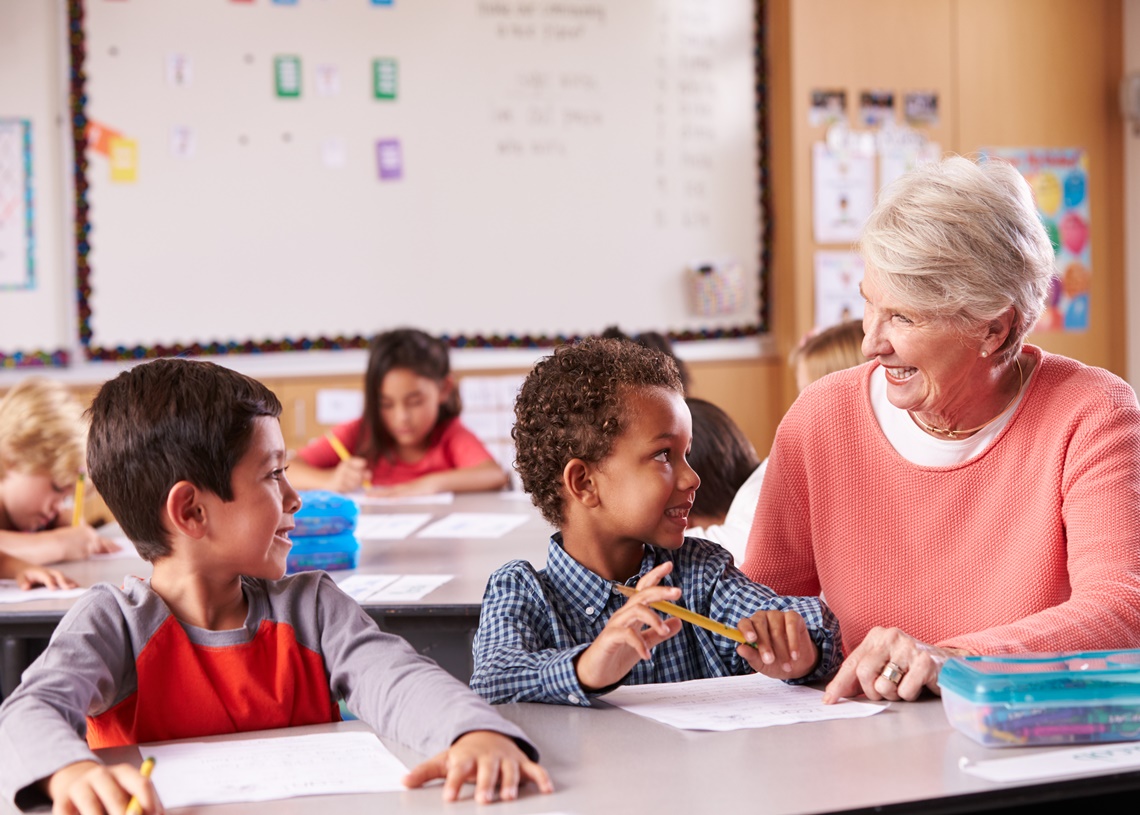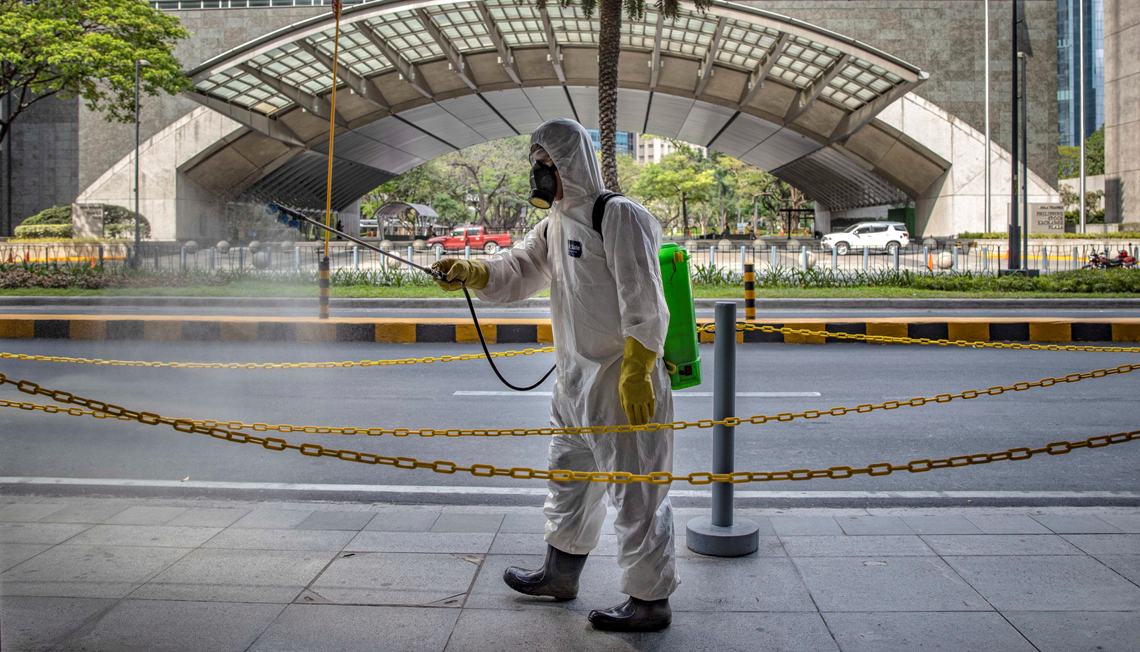A recently-published report paints a rather gloomy picture with an irregular principal turnover rate in the US and highlights its subsequent effects on schools and students.
Joint research conducted by the National Association of Secondary School Principals (NASSP) and the Learning Policy Institute (LPI) attempts to underline the significance of the principal turnover and the detrimental effects it can have on the student society when the turnover rate is unstable.
The job of a principal goes far beyond just ensuring discipline, evaluating teachers’ performances, and monitoring accomplishments. A responsible school leader cares deeply about the success of the young minds and recognizes that test scores are not the only determinant of the standard of education.
Behind the principal turnover numbers
Yet, stemming the principal turnover has been an insoluble problem many school districts face today. Nearly one out of five principals abandon their posts each year, which has a domino effect that disrupts student learning and contributes to teacher dissatisfaction and turnover.
The report cites that close to 42 percent of principals are finding it really hard to get to grips with a growing number of issues concerning public education today, such as increasing work burden, inadequate compensation, and lack of assessment methods that are primarily driving away principals out of their professions. In fact, the number is even more alarming in rural and publicly-funded schools.
The research surveyed over 420 school principals from the US secondary schools and found out that even though principals are regarded second only to teachers when it comes to impacting the youth, they are hardly able to exert any influence during decision-making processes.
And while they are expected to offer a strategic development to schools with a clearly-defined vision and stable leadership, they are deprived of professional development and learning opportunities themselves, compelling us to question the entire education system.
But is it fair to place the blame on the system when there could be other contributing factors to frequent principal turnover?
School principal – A changing role in a changing landscape
At this juncture, one’s attention is drawn toward a critical observation by the co-founder of English Forward, Mitch Rankin. He rightfully stated in one of his profound articles that to learn something new, we need to “unlearn” something old.
The COVID-19 lockdowns may have resulted in disruption of the routine of a significant chunk of students; however, it has also given rise to never-seen-before opportunities and concepts that would essentially optimize the age-old cohort standards-based education model. So, are our school leaders prepared to adapt to the new normal, thus uprooting substandard quality of teaching methods? You’d be surprised that, more often than not, the answer is no.
Our core belief and the traditional institutions that are part of our DNA need to be “unlearned.” However, unlearning and relearning has proved to be a more significant hurdle for school leaders. The evolving education landscape, now prompted by the coronavirus outbreak, represents a considerable challenge, and signs indicate that it is as unwanted to our school principals as it is daunting. It implies that they may not be actually fitted for what’s coming, thus resulting in a high principal turnover rate.
Yes, there is evidence that our school heads are burnt out and stressed. However, in many cases, it is also true that they expect more from what the current circumstances can offer, which eventually results in compromising the ability to navigate through tough situations and making the most of what it has to offer.
What needs to be done?
The COVID-19 outbreak has taught us that adaptability is the key to success and survival, and the teaching profession needs this kind of flexibility now more than ever to promote better retention rates and overall welfare of the education sector workers. Principals need to be given customized and flexible vocational training to meet changing needs.
Besides having a strong administration and better funding, they need to be prepared with comprehensive hands-on experiences and networking opportunities that foster professional growth. And while competitive pay packages, better aligned with their vast line of responsibilities and multiple shoes they fill in, could prevent the principal turnover rate to a large extent, it is also vital to boost the accountability that, in time to come, helps them choose disruption over datedness.
At the end of the day, there are a host of factors that contribute to a student’s success, and we definitely cannot expect a less principal turnover rate to resolve the ills of the society that deter progress. But principals can access expert support virtually as they address the challenging issues facing schools today.
Help is available in the form of responsive support that offers teachers and leaders the essential tools to succeed. But they need to fall into the system, which is the only viable plan for closing current and future gaps in instruction.







